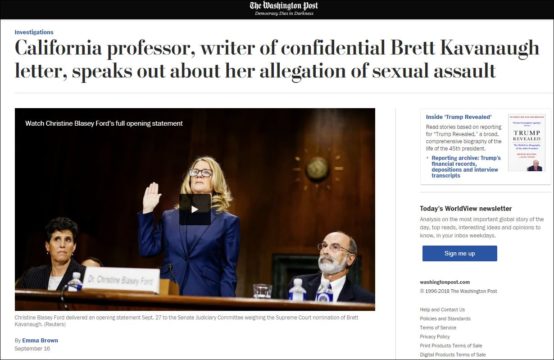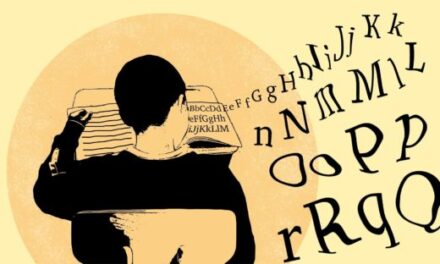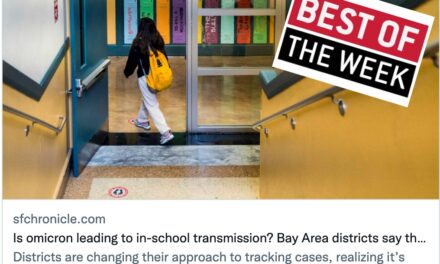The importance of journalists who can gain – and keep – the trust of vulnerable sources.
By Alexander Russo
At last week’s historic Judiciary Committee hearing, Dr. Christine Blasey Ford described how she decided to tell her story to The Washington Post.
“I decided to speak out publicly to a journalist who had responded to the tip I had sent to The Washington Post and who had gained my trust,” said Blasey Ford on Thursday. “It was important to me to describe the details of the assault in my own words.”
That journalist was Emma Brown. And, as a result of gaining Blasey Ford’s trust, Brown had been the one to break the story of Blasey Ford’s complaints against Supreme Court nominee Brett Kavanaugh two weeks before.
Gaining – and keeping – a vulnerable source’s trust is an essential skill in journalism, which stands out in a landscape in which vulnerable sources too often experience what this Columbia Journalism Review piece describes as “media bullying” from reporters desperate to break news at any cost.
As it turns out, this wasn’t the first time that Brown has demonstrated this ability during her time at the Post, both as a longtime education reporter and more recently as a member of the paper’s investigative team.
One obvious reason sources trust her is that Brown has never been a reporter who’s “chasing the next splash or the next scoop,” says the New York Times’ national education reporter Erica Green.
Brown doesn’t see sources as a way to make a name for herself, says Green, who got to know Brown when she was covering the Baltimore City schools and Brown was covering the District of Columbia system.
Brown just wants to get their stories right. And that’s what Brown did with Blasey Ford, according to Green: “She was using her platform to give someone a voice, just as she did for years with teachers, principals, families, and students.”
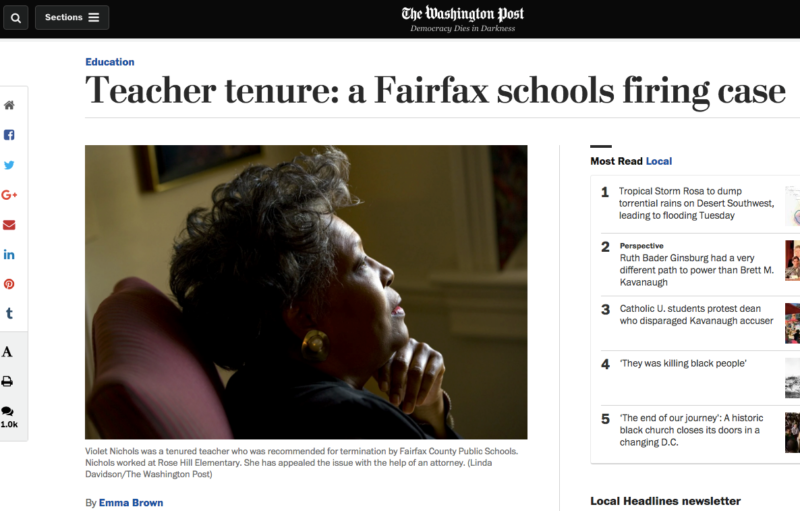
Brown’s 2012 profile of veteran teacher Violet Nichols, who was being threatened with removal from the classroom.
Brown didn’t start out as a journalist. She worked as a ranger for the U.S. Forest Service during college and for three years as a middle-school math teacher in Alaska.
During her first two years at the Post, she wrote obituaries. But then she was assigned to education – a low-prestige beat that was nonetheless close to Brown’s heart.
One of the best examples of Brown’s reporting skill came relatively early when she was covering the Fairfax County public schools in Northern Virginia.
The story focused on Violet Nichols, a veteran elementary school teacher who had found herself being pushed out of the classroom – after a long, successful career – by an administration that suddenly found her to be ineffective.
Nichols had decided to push back, and she trusted Brown enough to tell her story. In an unusual move, Nichols chose to make her dismissal hearing public. Brown managed to attend several parts of the process, giving us an inside view of a little-known process that included secret offers and allegations of racial discrimination.
Brown didn’t know Nichols before the hearing. She never saw her teach. And she never got to talk to the principal and district administrators who were trying to push Nichols out. But the access she gained to Nichols and her ordeal resulted in a story that was nuanced and personal, giving readers an extraordinary behind-the-scenes understanding of what it’s like to be challenged in your chosen career and – almost – lose your job.
Shortly after the Violet Nichols piece was written, Brown moved over from her Northern Virginia schools beat to cover the DC Public Schools. In 2014, she was assigned to cover the national education beat.
Coverage of DCPS may have suffered in her absence, but Brown’s national pieces were generally strong. Her reporting on the challenges of giving states more control over fixing struggling schools was a deep, nuanced piece. Her recap of Obama education secretary Arne Duncan’s accomplishments (and failures) was strong.
Brown was also part of a team of reporters who were Education Writers Association finalists for their 2015 series on college sexual assault. In that series, Brown helped tell the excruciating story of Rachel Sienjowski, who had been sexually assaulted her freshman year at Michigan State and found herself feeling abandoned by university administrators and police when she attempted to pursue the case.
Again, Brown showed us the importance of being able to win sources’ trust and treat their stories respectfully.
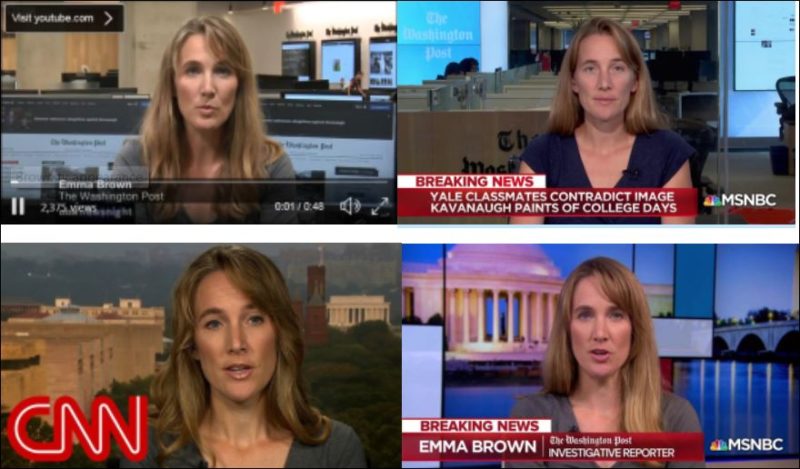
Since the Blasey Ford scoop came out, Brown has been everywhere – on CNN, MSNBC, and PBS NewsHour among others.
As you might expect, Brown’s former education writer colleagues and competitors have been cheering her on during the past few weeks since she broke the Blasey Ford story.
“Spectacular reporting and writing on what Christine Blasey Ford fled, what she found, and what she may return to,” tweeted Post colleague Tracy Jan.
“The journalist who earned Dr. Ford’s trust through grace, compassion, professionalism,” tweeted the Times’ Green. “That’s my Emma.”
“Good old-fashioned reporting by @emmersbrown convinced Christine Blasey to come forward and that was where the details emerged,” wrote NYT deputy editor Jonathan Weisman.
Brown’s colleagues and competitors have no shortage of praise.
“Emma works quietly and methodically, always asks the right questions, always considers counter viewpoints,” veteran US News & World Report education reporter Lauren Camera emailed The Grade. “She’s incredibly humble and one of the absolute nicest and most genuine journalists I know.”
Everybody appears to love Brown. She’s got that empathetic teacher thing going. By all accounts, she’s a relentless reporter and also relentlessly nice. She’s great with documents and data but she’s especially great with people. She shows that maybe you don’t have to be a jerk to be a standout investigative reporter.
“Emma is an incredibly meticulous, thorough, thoughtful reporter,” says Dorie Nolt, a former Associated Press education reporter who served as the Education Department press secretary during the Obama Administration.
Even when things got tense, Nolt says, there were never problems with Brown in terms of trust or fairness or respect. Brown was “always up front about what she was writing, even if it wasn’t our favorite topic.”
Whether it’s a Cabinet secretary or a psychology professor with a story to tell, keeping a source’s trust after you’ve written the story, “that’s the hard part,” says Nolt.
Related columns:
Nikole Hannah-Jones, the Beyoncé of journalism
How a ProPublica immigration reporter profiled a Long Island student trying to get out of MS-13
A different kind of public editor: A conversation with Emily Richmond
How Bethany Barnes became a star education reporter
ABOUT THE AUTHOR

Alexander Russo
Alexander Russo is founder and editor of The Grade, an award-winning effort to help improve media coverage of education issues. He’s also a Spencer Education Journalism Fellowship winner and a book author. You can reach him at @alexanderrusso.
Visit their website at: https://the-grade.org/

